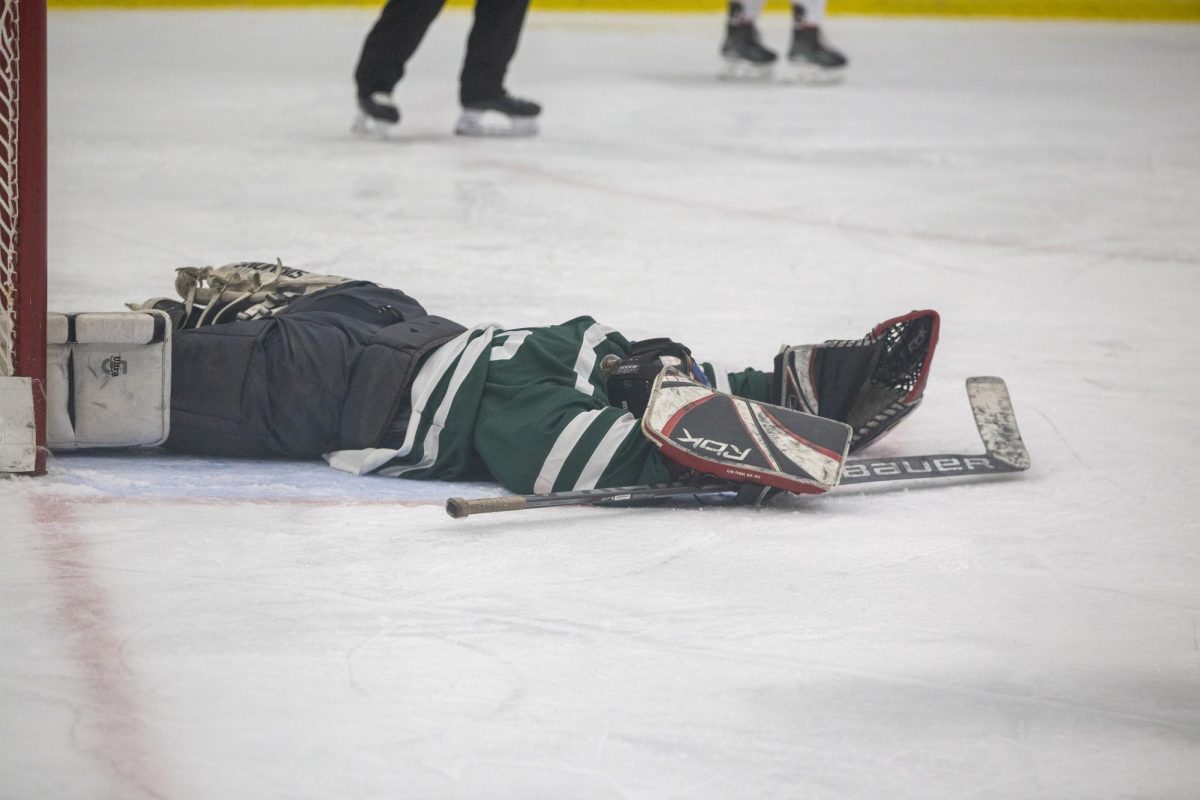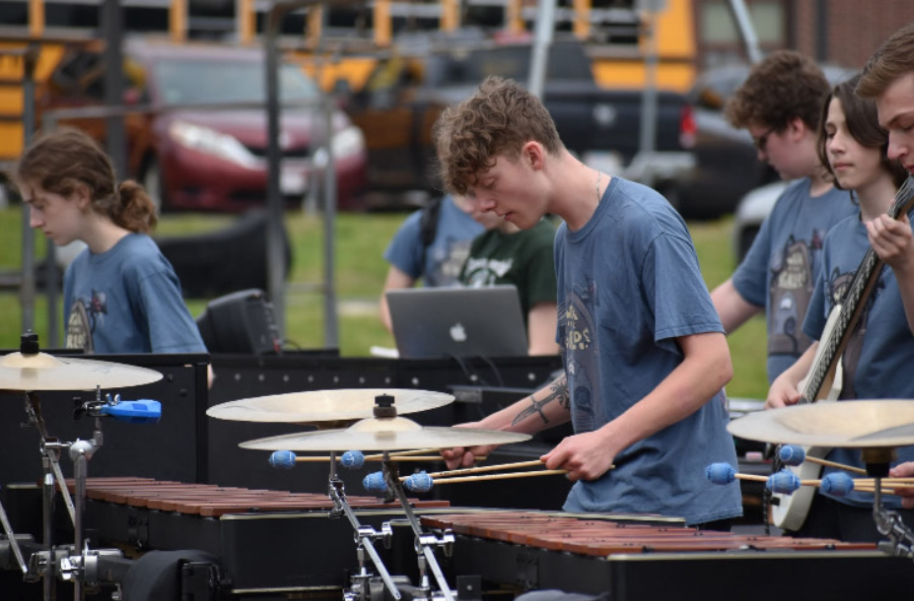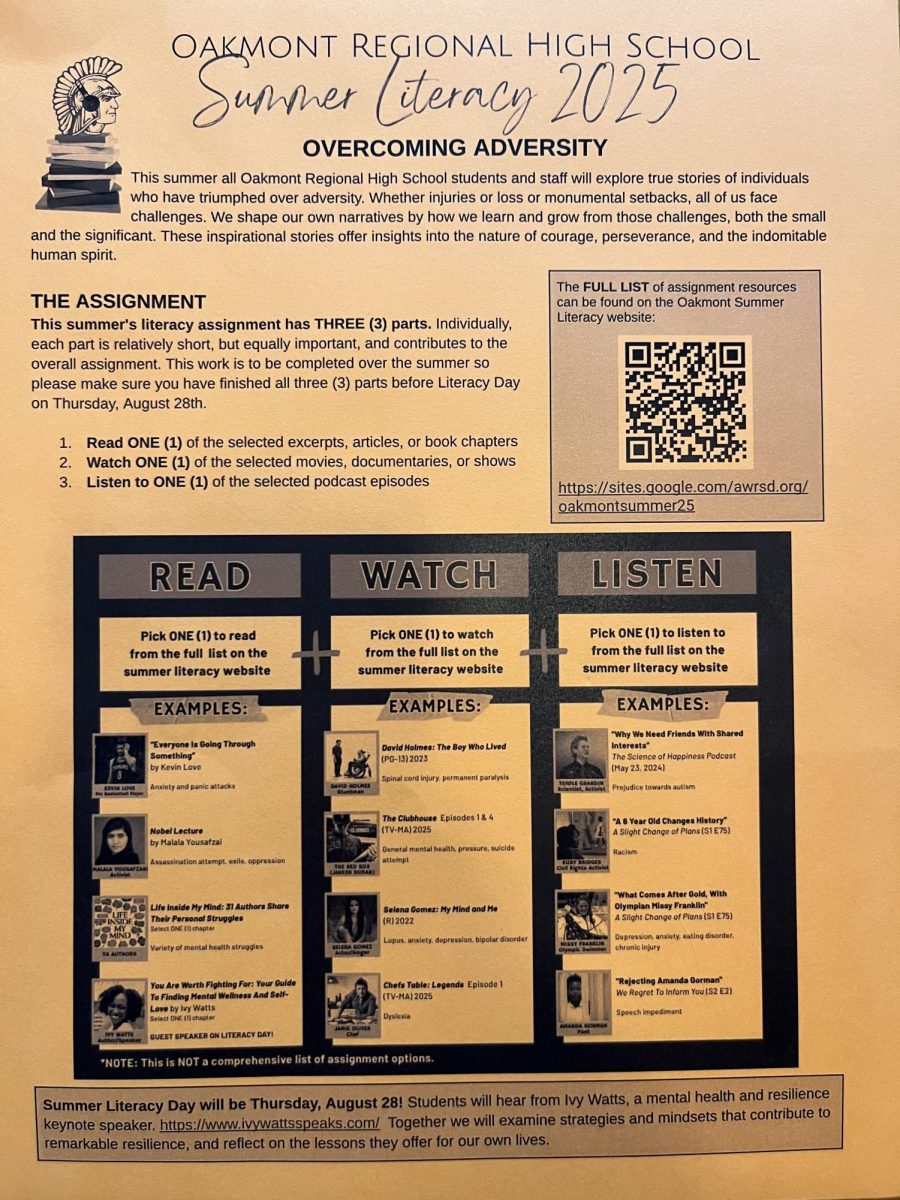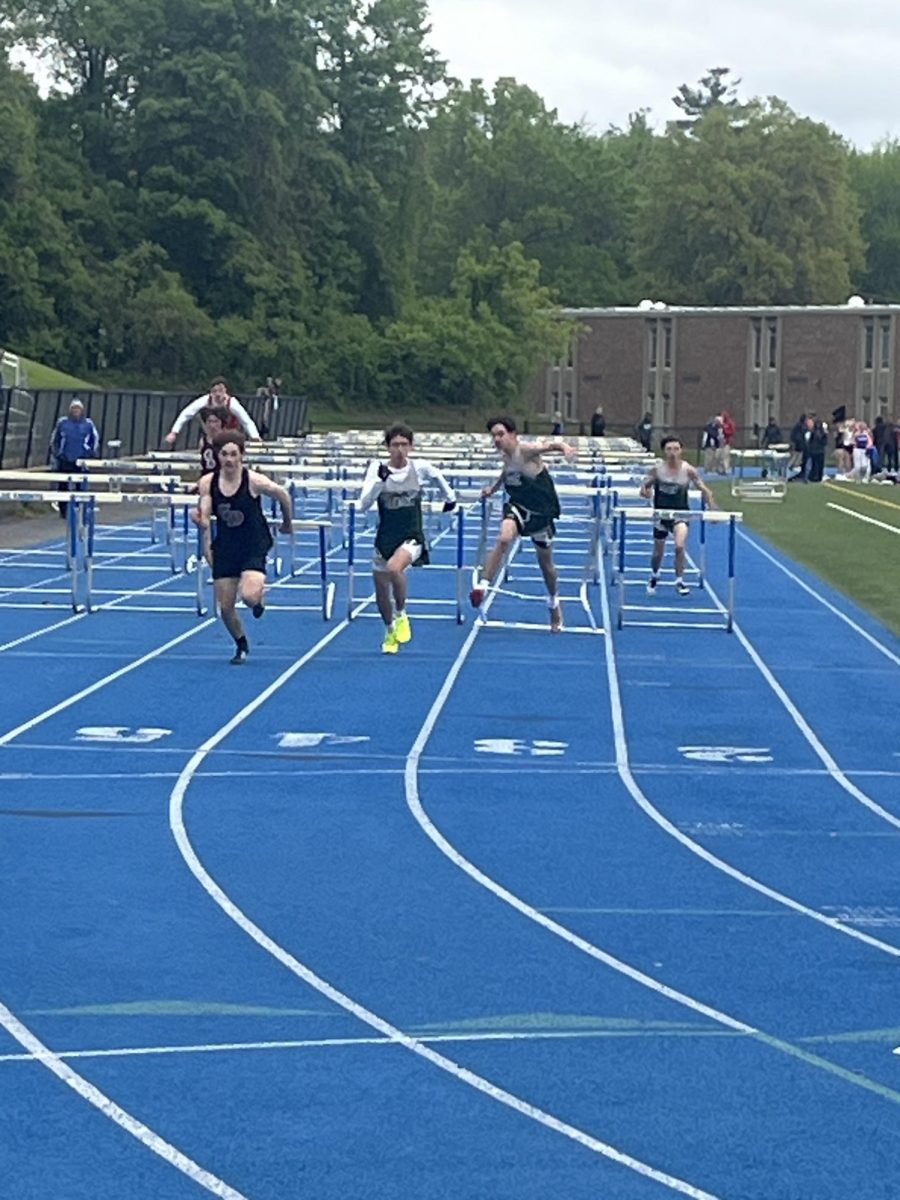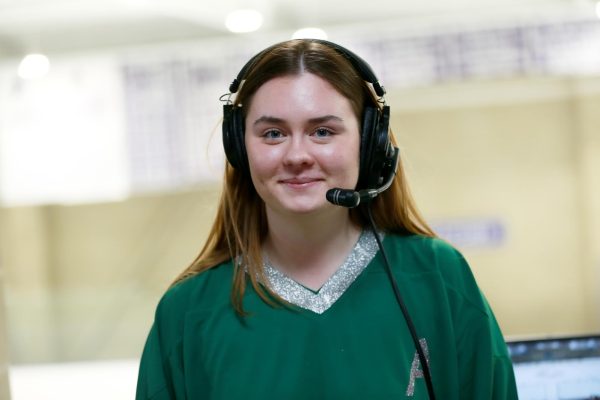With the uprise of mental health talk in the sports world, many people are concerned with how much college and professional athletes are struggling. The pressure society has put on these people has been lethal. Suicide rates of athletes have skyrocketed in recent years. People’s eyes are opening up to mental health issues, gut-wrenching injuries, and harsh social standards that are pushing down on these athletes. While over the years there has been improved support and awareness of the issue, more needs to be done.
Sports have evolved, now consuming student-athletes’ lives, to the point where it’s causing mental health issues. There isn’t enough support for these participants. This is prominent in the lacrosse community, especially at the collegiate level. In 2019, the lacrosse community was hit hard by the tragic loss of Morgan Rodgers. Morgan was a women’s lacrosse player recruited to play at Duke in 2014. During her senior year of high school, Morgan experienced high levels of anxiety.
In January 2017, just before the beginning of her sophomore season of college lacrosse, Morgan endured a dream-shattering knee injury. This sent her spiraling and her whole world crashed. Morgan spent 12 months going through surgery and rehab and trying to get back on the field, but it wasn’t enough. She took her life on July 11th, 2019 at the age of 22. Morgan’s life revolved around the game of lacrosse and when that was taken from her, she couldn’t cope with the stressors life brings to young adults.
After this devasting event, Morgan’s family created a non-profit in remembrance of their beloved girl. The ambassadors of the non-profit have a group chat of 3,000 student-athletes dedicated to opening up doors to speak about mental health in sports. At least this is a start, but we need more to make a difference.
Diving deeper into this growing issue of sports stress, injuries can have an even more traumatic effect than just the physical setback. Kelly Catlin was an Olympic racing cyclist for the United States. She won a silver medal in the 2016 Summer Olympics. In an interview with Kelly’s mother, Christine, she states, “In January 2019, Kelly had a bad concussion cycling. She had severe symptoms and was unable to perform at the same level, and suddenly my daughter lost all sense of purpose. On March 8, 2019, Kelly Catlin died by suicide at age 23.”
The ideology that you have to be consumed by your sport to be successful is killing people. Sure, to progress in your activity you have to work hard and put in a lot of time into your training. It becomes harmful when you revolve your happiness and self-worth around one thing. It’s the lifelong lesson “ Don’t put all your eggs in one basket.” One injury can send a person into a spiral and even drive them to take their own life.
Since even before the COVID-19 Pandemic, student-athlete suicide rates have been on the rise. In a 2021 study done by Brigham Young University, data shows that “The National Collegiate Athletic Association (NCAA) has reported an increase in suicide in student-athletes, causing it to be the fourth leading cause of death of college athletes, this has enhanced a focus on all student-athletes mental health. Wolanin and Hong stated “6.3% of student-athletes met the criteria for clinically significant depression and 24% had low moods considered “clinically relevant”. These are just the numbers for college athletes.
Students are forced to learn on the road, go through harsh practices every week, and handle the cruel diction of social media if they make a mistake. Some athletes begin to even think ‘Is it all worth it?’ Data provided by CASPEM has also shown a rise in professional athletes’ suicide rates, stating “Annual incidence among male athletes was found to be 1.35/100,000 and among female athletes, 0.37/100,000 (relative risk 3.7; P<0.01) with the highest rate among men’s football players (2.25/100,000 with a relative risk of 2.2 (P=0.03) compared with another male, non-football athletes)”. The world is sitting here watching these humans struggle and they are still choosing to bash them on social media. When a close loved one falls, we immediately pick them up. Why is that any different with professionals?
Some people may argue that they should be able to handle themselves; they are grown adults and life is stressful, get used to it! Everyone is different, people handle things differently and need more help than others. There is a lot of stigma around therapy and mental health training. People think it makes you weak, you can’t handle pressure, you just aren’t strong enough to be playing sports at such a highly competitive level. All of these statements are false. According to Athletes For Hope, a mental health organization targeted at athletes, 35% of elite athletes seek therapy regularly. Elite athletes! Not weak, small-minded people. The best of the best are taking care of their bodies and their mental health. They have also stated it has helped them improve their ability to perform in their sport. Many professional athletes have joined the cause to fight against mental health stigma, such as Simone Biles, Naomi Osaka Michael Phelps, Charlotte North, and many more. They have been part of many mental health trainings to advocate for change over the years.
Though someone’s means of how they take care of themselves is a personal choice, mental health check-ins, and pieces of training need to become required by the NCAA and professional sports leagues. We as a society need to start normalizing the talk of mental health with athletes around the globe. People are dying because of our standards. If you are still opposed to this idea. I have one question to ask. How many more have to suffer before we make a change?


